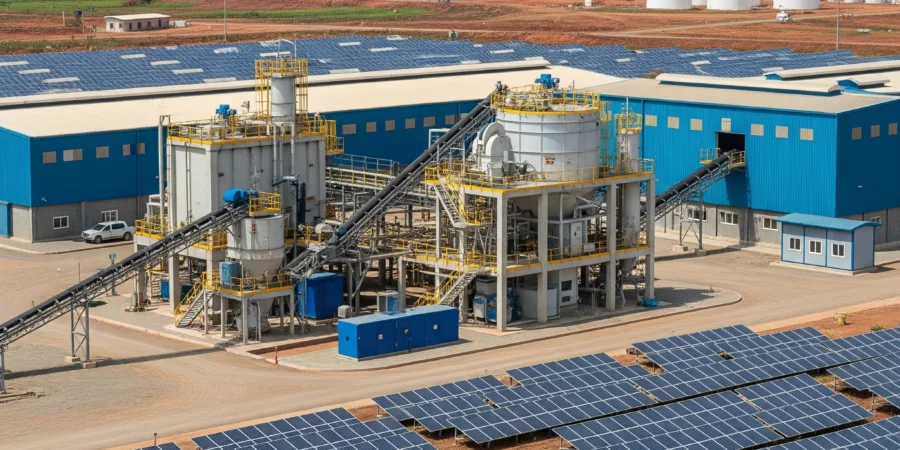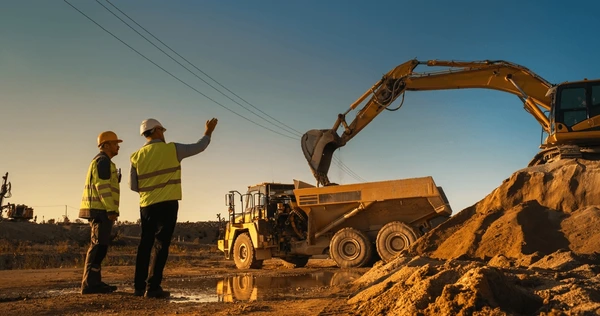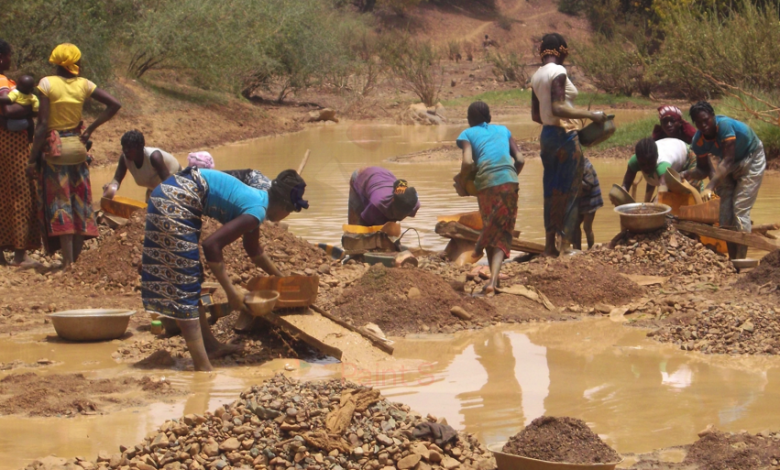Mining Africa Review
Mining Africa Review: Insights into the Continent’s Mineral Wealth and Industry Trends
The Mining Africa Review is a comprehensive exploration of Africa’s mining industry, highlighting its vast mineral wealth, economic contributions, and evolving trends. As the continent holds some of the world’s largest reserves of gold, platinum, diamonds, cobalt, and rare earth elements, the mining sector remains a cornerstone of Africa’s economy. However, challenges such as regulatory uncertainty, environmental concerns, and technological adoption persist. In this blog post, we will review the current state of mining in Africa, key developments, opportunities, and the road ahead for sustainable growth.

The State of Mining in Africa
Africa is home to over 30% of the world’s mineral reserves, making it a critical player in global supply chains. Key contributors to the continent’s mining output include:
- South Africa : Gold, platinum group metals (PGMs), and coal.
- Democratic Republic of Congo (DRC) : Cobalt and copper.
- Ghana : Gold production.
- Namibia : Uranium and rare earth elements.
- Zambia : Copper mining.
Despite its mineral wealth, Africa’s mining industry faces challenges such as aging infrastructure, fluctuating commodity prices, and socio-political instability in certain regions.

Key Developments in African Mining
1. Rising Demand for Critical Minerals
The global transition to clean energy has increased demand for critical minerals like cobalt, lithium, and rare earth elements. Africa, particularly the DRC and Namibia, is well-positioned to meet this demand, driving investments in exploration and production.

2. Adoption of Green Mining Practices
Mining companies are increasingly adopting eco-friendly technologies to reduce their environmental footprint. For example, solar-powered mines in South Africa and water recycling systems in Zambia highlight efforts to align with global sustainability goals.
3. Digital Transformation
Automation, artificial intelligence (AI), and data analytics are transforming mining operations across Africa. These innovations improve efficiency, enhance safety, and reduce costs, ensuring competitiveness in the global market.
4. Regulatory Reforms
Countries like Ghana and Botswana are implementing regulatory reforms to attract foreign investment and ensure equitable benefit-sharing. Streamlined licensing processes and transparent policies are fostering a more investor-friendly environment.
Opportunities for Growth
1. Exploration of Untapped Reserves
Africa’s vast untapped mineral reserves present significant opportunities for exploration. Countries like Zimbabwe (lithium) and Ethiopia (emeralds) are emerging as new players in the global mining industry.
2. Value Addition through Local Processing
Currently, many African countries export raw minerals without refining them. Developing local processing facilities can increase value addition, create jobs, and boost export revenues.
3. Regional Collaboration
Initiatives like the African Continental Free Trade Area (AfCFTA) and regional mining partnerships are promoting cross-border collaboration, enhancing supply chain efficiency, and driving economic integration.
4. Focus on Community Development
Mining companies are increasingly investing in community development programs, including education, healthcare, and infrastructure. These initiatives foster goodwill and ensure that mining benefits are shared equitably.
Challenges Facing African Mining
1. Aging Infrastructure
Many mines in Africa are decades old, leading to higher operational costs and reduced productivity. Upgrading infrastructure is essential to maintaining competitiveness.
2. Environmental Concerns
Mining activities can cause deforestation, water pollution, and habitat destruction. Addressing these issues requires stricter regulations and investment in sustainable practices.
3. Artisanal and Small-Scale Mining (ASM)
While ASM provides livelihoods for millions, it often operates informally, leading to unsafe conditions and conflicts with industrial miners. Formalizing ASM could improve safety and productivity.
4. Regulatory Uncertainty
Frequent changes in mining laws and inconsistent enforcement create uncertainty for investors. Clear and stable regulatory frameworks are crucial to attracting long-term investments.
Frequently Asked Questions (FAQs)
Q1: What are the main minerals mined in Africa?
A1: Key minerals include gold, platinum group metals (PGMs), cobalt, copper, diamonds, lithium, and rare earth elements.
Q2: Which African countries lead in mining production?
A2: South Africa (gold, PGMs), DRC (cobalt, copper), Ghana (gold), and Zambia (copper) are among the top producers.
Q3: How is technology impacting African mining?
A3: Automation, AI, and data analytics are improving efficiency, reducing costs, and enhancing safety in mining operations across the continent.

